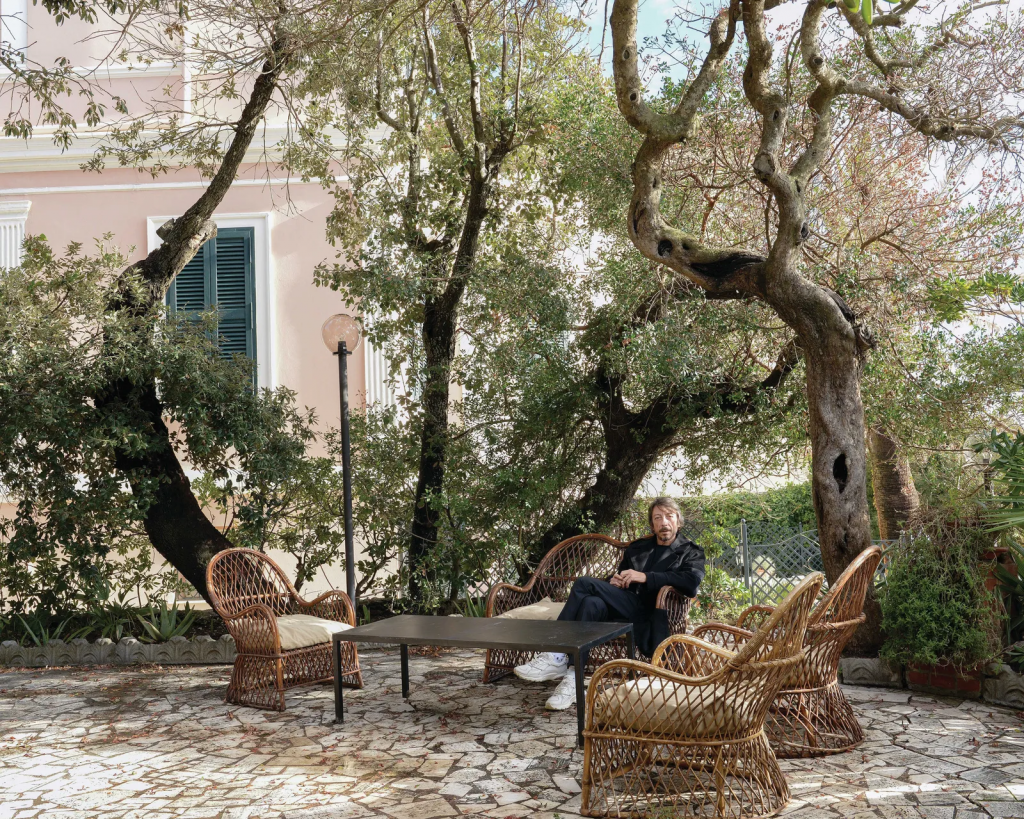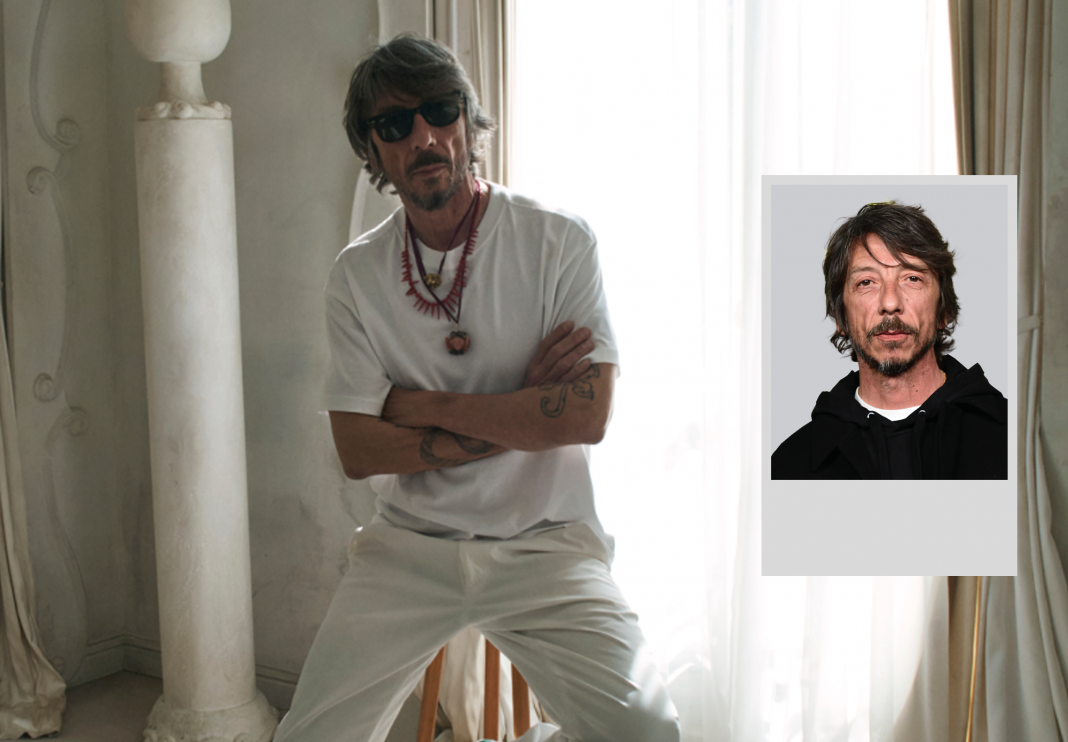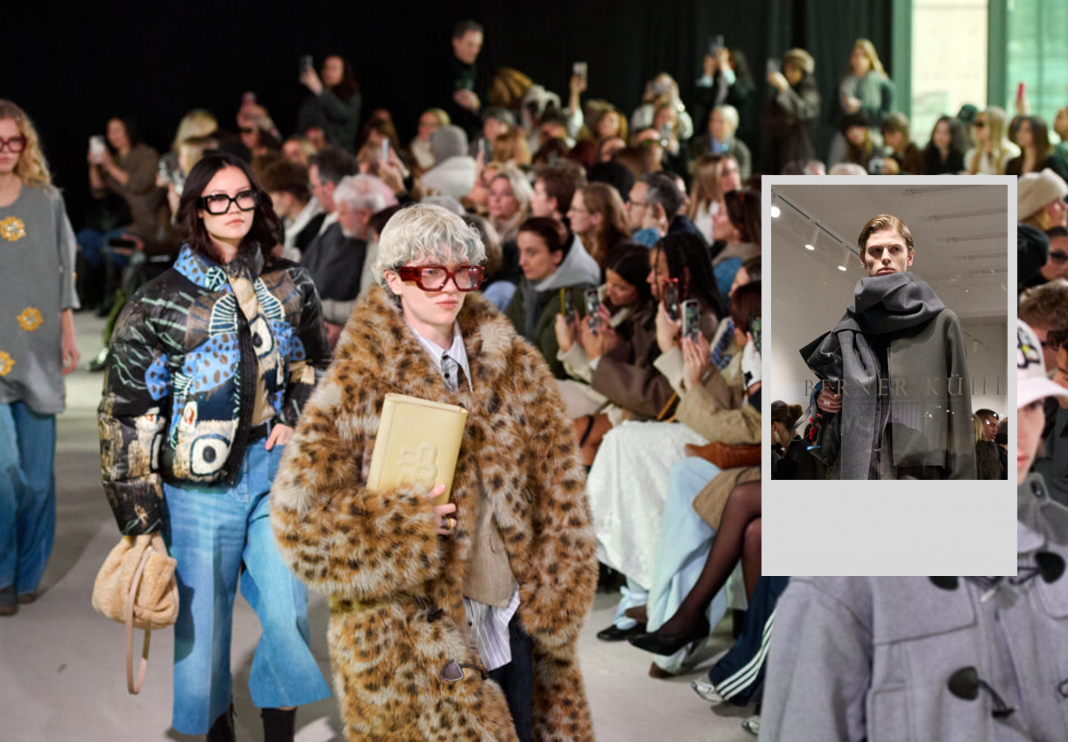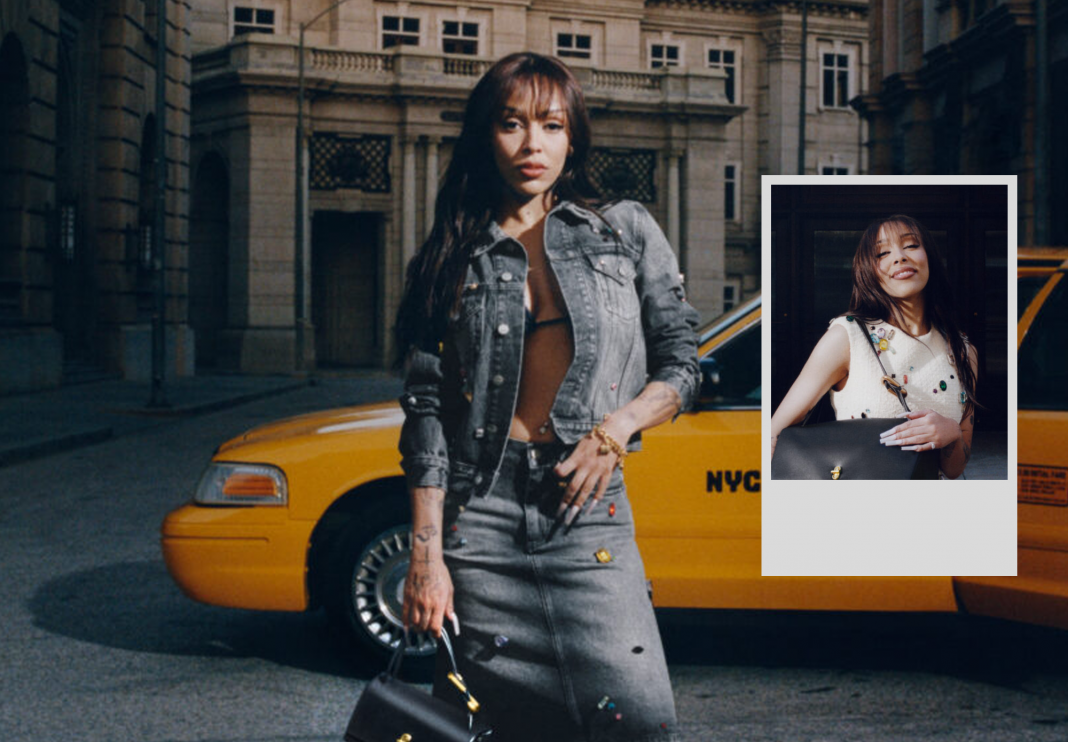From the romantic halls of Valentino to the radical silhouette of Balenciaga, Pierpaolo Piccioli’s appointment marks a pivotal turning point in luxury fashion. As one of the industry’s most beloved creative minds prepares to take the helm, a new era of beauty, humanity, and boldness beckons.
A quiet announcement that echoed loudly
In the quiet hours before the official press release, Pierpaolo Piccioli sat down for an exclusive conversation with Vogue Business and Vogue Runway. The fashion world had been holding its breath since Demna’s appointment at Gucci earlier this year, and now, the silence was finally broken: Piccioli would be taking over as the creative director of Balenciaga.

“This is a new moment for fashion,” Piccioli shared. “You can change the rules only from the inside.” With his appointment effective July 10—just after Demna’s final couture presentation for the house—Piccioli is poised to begin crafting his first Balenciaga collection immediately, set to debut in October. The significance of this transition is magnified by the legacy of his predecessors, and yet Piccioli insists this is no dramatic shift, but rather a gentle evolution. “This is more a passing of the torch than a game of chairs,” he says.
From Nettuno to Paris: A designer’s journey
Raised in the quiet coastal town of Nettuno, Italy, Piccioli’s path to fashion was marked by sincerity, not spectacle. He studied literature in Rome before venturing into fashion, interning at Brunello Cucinelli, and later joining Fendi with longtime collaborator Maria Grazia Chiuri. In 1999, both were brought into Valentino as accessory designers, eventually rising to become co-creative directors.
Their collaborative run at Valentino remains one of modern fashion’s most graceful chapters. When Chiuri departed for Dior in 2016, Piccioli stayed behind, redefining Valentino with a poetic, humanist aesthetic that merged couture craftsmanship with contemporary narratives. His solo debut was lauded for its romantic purity—a sensibility that may now find new expression within the architectural codes of Balenciaga.
Balenciaga’s next act: Humanism meets heritage
Piccioli’s appointment is more than a personnel shift; it signals a philosophical shift at Balenciaga. Known for his reverence for artistry and culture, he approaches design not as disruption, but as dialogue. “I want to embrace the past,” he told Nicole Phelps, citing his respect for both Nicolas Ghesquière and Demna’s groundbreaking work. “The story of Balenciaga is a story of designers that I respect.”
This perspective bodes well for a house that returned to couture in 2021 and has since straddled the line between commercial virality and cultural reverence. Piccioli, with his intuitive understanding of shape, silhouette, and emotional storytelling, is perhaps uniquely suited to bridge this divide. “Cristóbal [Balenciaga] was delivering himself through his job,” he reflected. “He did creativity as a culture and was always disruptive.”
The numbers behind the move
While the fashion world buzzes with creative anticipation, Kering’s announcement is also being read through a financial lens. Valentino, still under the influence of Piccioli’s creative reign in 2023, brought in €1.3 billion in revenue. Balenciaga, meanwhile, clocked €1.66 billion in 2024, despite setbacks from controversial campaigns and a global luxury slowdown.
The business implications are layered. Kering acquired a 30% stake in Valentino last year, with an option to buy the rest by 2028. The overlap in leadership history underscores the group’s long-term investment in design continuity and strategic synergy. Francesca Bellettini, deputy CEO of Kering, emphasized the creative logic behind the appointment: “His mastery of haute couture, his creative voice, and his passion for savoir-faire made him the ideal choice.”
Reviving trust, rebuilding the house
Demna’s exit followed not just the natural creative cycle but a turbulent period for Balenciaga. Backlash from controversial ad campaigns in 2022 and softer sales amid industry-wide headwinds prompted Kering to reassess direction. Recent appointments—including Nathalie Raynaud as deputy CEO and Gianfranco Gianangeli as CEO—signal efforts to strengthen the house’s leadership and product appeal.
Now enters Piccioli, a figure whose tenure at Valentino was defined by grace under pressure. His ability to balance the demands of commercial success with artistic integrity will be tested once again. Gianangeli is confident: “His creative vision will thrive, and he will perfectly interpret the legacy of Cristóbal Balenciaga, building on the house’s bold creativity, rich heritage and strong culture.”
Eyes on Paris: Spring 2026 and beyond
All eyes will be on Paris Fashion Week Spring 2026, where Piccioli will unveil his first Balenciaga collection. It joins a season already brimming with notable debuts, including Matthieu Blazy at Chanel and Duran Lantink at Jean Paul Gaultier. But few will carry the weight of expectation quite like this one.
For Piccioli, it is not about fanfare, but fidelity. “I had enough rest,” he says with a quiet smile. “I’m ready to start.” And with that, fashion begins its next great chapter, led by one of its most poetic voices.






